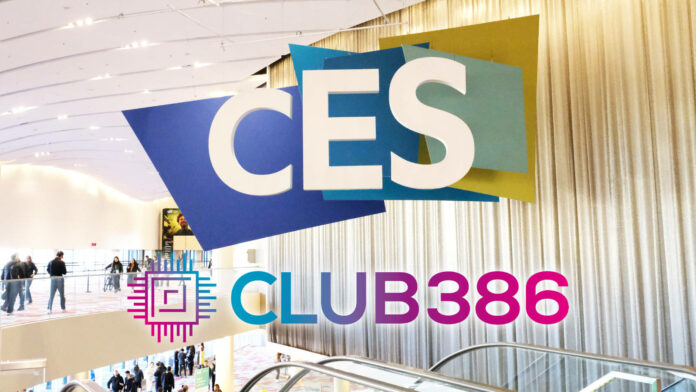Jump to: AI and gaming | MSI Claw | Fewer cables | Nvidia | Asus NUC | The rest
Now that CES 2024 has been and gone, companies have set the standard of how they want the year to look. Of course, the biggest headliner is artificial intelligence (AI), as everyone and their dog wants in on the hot new thing. Fortunately, though, that’s not all there is.
From new handhelds and graphics cards to more white components and fewer cables, there’s a lot going on in the gaming world. Let’s round up some of the best things we saw at the event.
1. AI and gaming
Nvidia
We’ve known about Nvidia ACE (Avatar Cloud Engine) since Computex 2023. Team Green’s experiment aims to make an entire digital world where you can interact organically with NPCs using your microphone. In partnership with Convai, the Kairos demo has come a long way.
Introducing a second NPC in the mix, the main character Jin no longer waits with bated breath for you to do something. You can hear them chatting to one another and see them playing about with the environment around them. It might not seem like the next Cyberpunk 2077 just yet, but it’s far from simple. It uses three language models to bring everything to life.
I had a blast testing the two characters, asking them if they preferred Chai or tea. Yes, I know they’re technically the same thing, but the AI impressively knew the distinction I meant was South Asian tea versus traditional English as they rattled off descriptions for the different tastes.
It’s far from perfect, of course. There were several times Jin would straight up lie to me by saying he’d do something and never did. This isn’t just because he’s lazy. NPCs are still limited to certain interactions the AI knows how to perform. Kairos continues to learn and evolve, though, and I can’t wait to see how far it’ll go by the time Computex rolls around.
MSI
MEG 342C QD-OLED made me a believer in the RGB SpectrumBar at the bottom of MSI’s monitors. The new MEG 321URX QD-OLED, however, makes the most of it. Housing an AI accelerator inside, it can transform the light show into a giant health bar. You’ll see it slip from healthy green into danger-zone red, so you’ll know exactly when to engage and retreat.
This is just the tip of the iceberg, though, as MSI has only just started training it. Using League of Legends as an example, the ‘AI Skylight’ feature gives you an early heads up when an enemy comes into view so you can appropriately prepare. Eventually, MSI will bring similar features into Dota 2, Counter-Strike 2, and other competitive games.
Training is a little limited, though. MSI tells me that the health bar function only works with games that have a visual green/red representation. Games like Rainbow Six Siege, where health is indicated by numbers, won’t be able to use the new feature. It’ll also set you back $1,199 when it lands on shelves in February, carrying a premium compared to non-AI models.
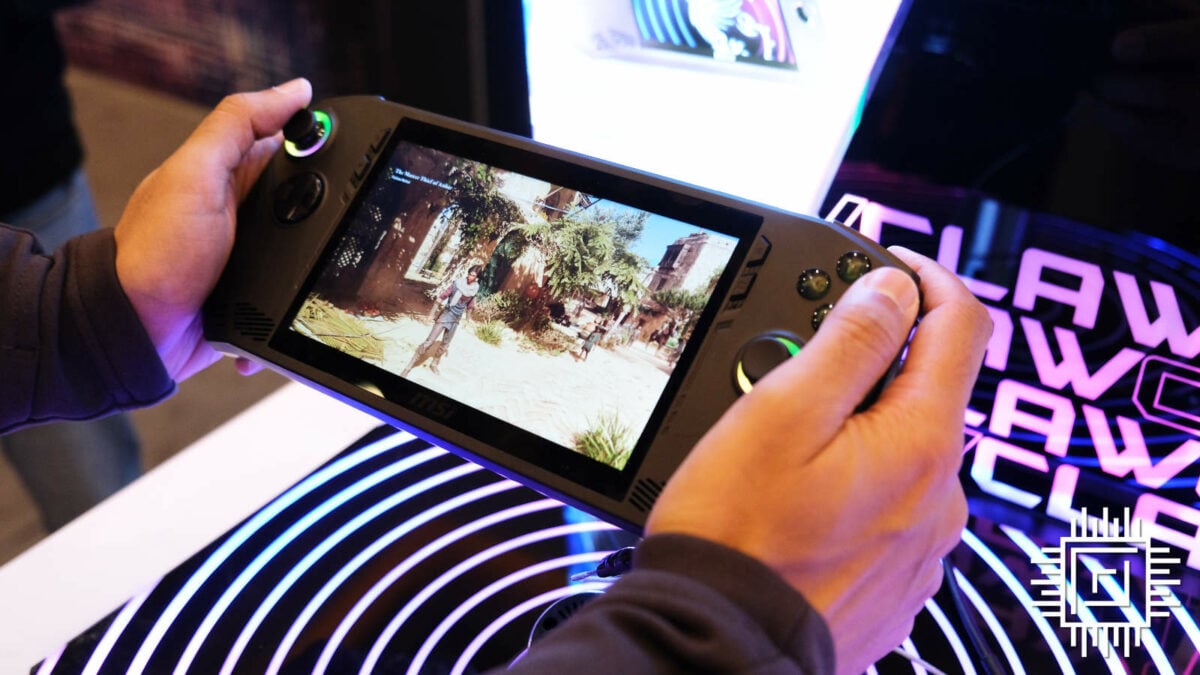
2. MSI Claw A1M
The handheld gaming market is hot right now, and in this writer’s opinion, the Steam Deck OLED sits at the top. That could potentially change with MSI Claw A1M, even if I’m not the biggest fan of the name.
Picking it up, MSI Claw A1M felt a lot like Asus ROG Ally, but lighter. Shockingly, it’s actually 63g heavier, which is no small amount when it comes to portables. It didn’t feel like 675g, though. The brand tells me that it’s partly due to the handles being more comfortable and less boxy. My opinion could change with a review, however, as I didn’t hold it long enough at CES for fatigue to kick in.
It’s difficult to gauge what kind of performance to expect with just one game available on the show floor. There are two models powered by Intel Meteor Lake rather than AMD. The starting $699 version sports Intel Core Ultra 5 CPU, 16GB and 512GB of SSD storage. The $749 model upgrades the processor to Intel Core Ultra 7. Functionality, however, is similar to the ROG Ally since they’re both Windows 11-based.
In my opinion, its success hinges on two things. First, we need to know how you can navigate storefronts, since Armoury Crate doesn’t compare well to Steam Deck’s Big Picture mode. Second, how does the 53Whr battery life perform since Intel boasts efficiency in its latest series? Battery life is easily the single biggest factor in any portable device and could warrant the bigger asking price. We’ll find out in February or March when it launches.
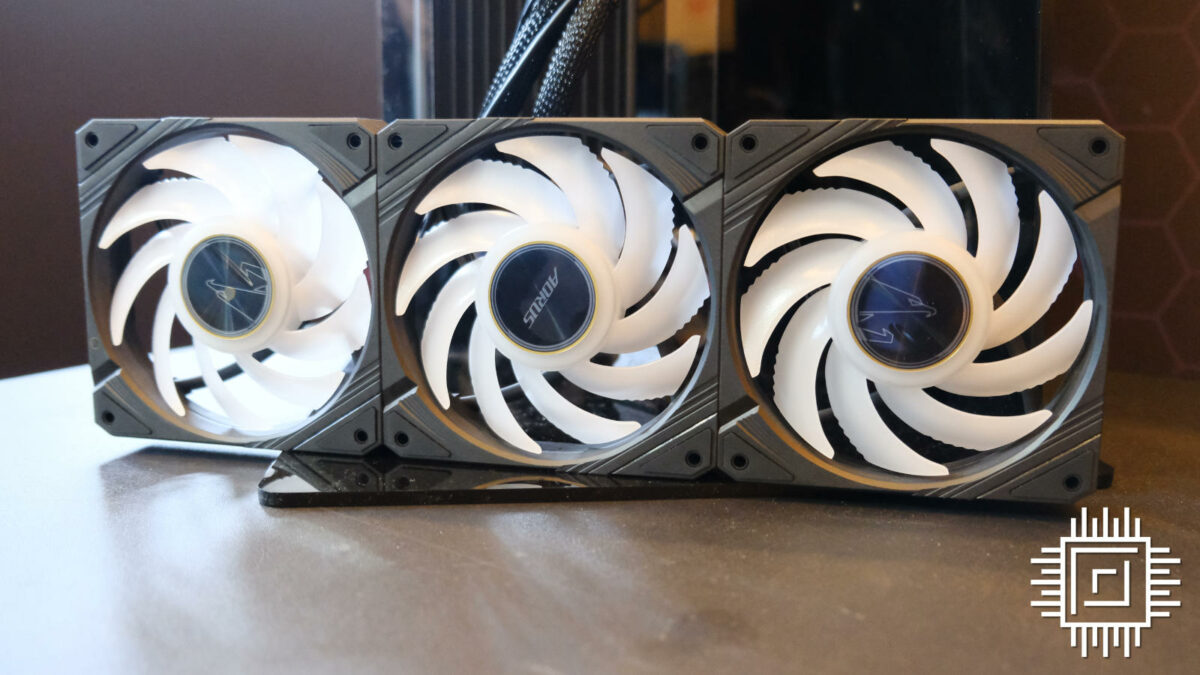
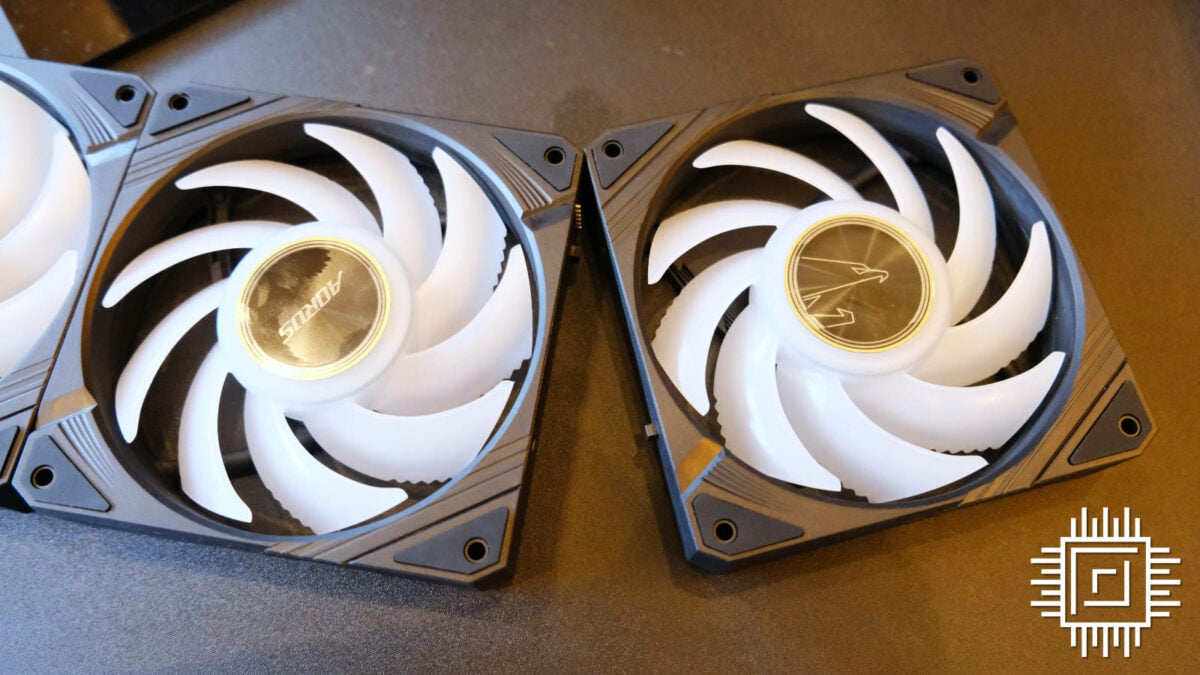
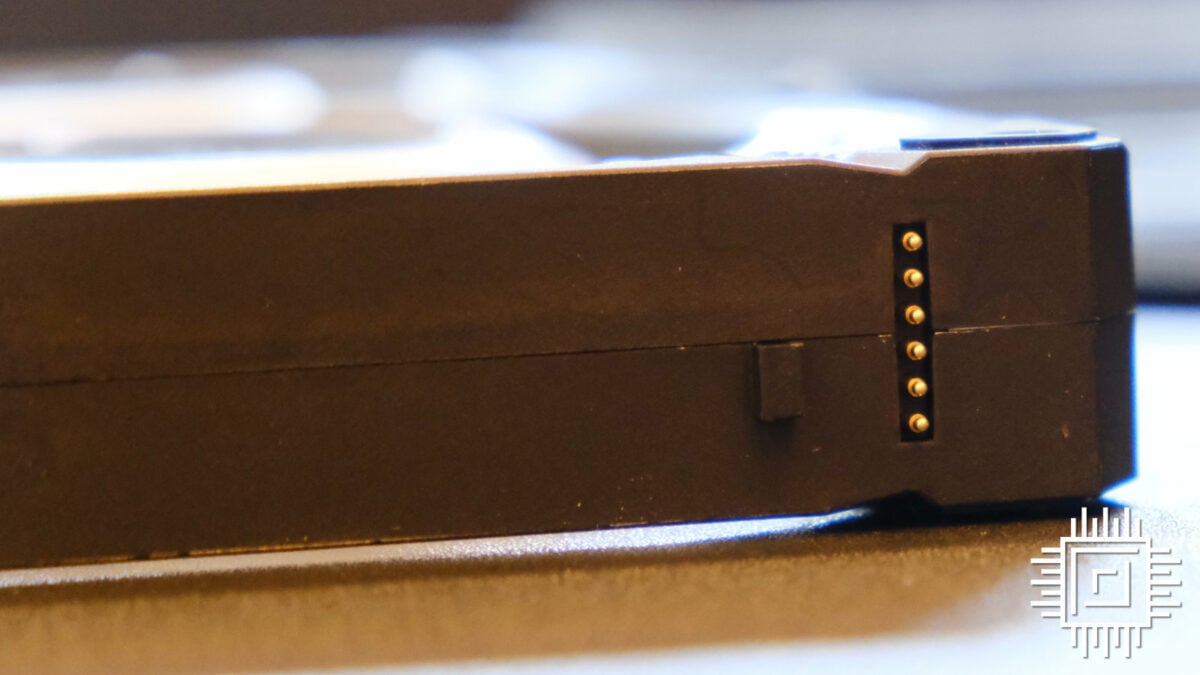
3. Fewer cables
More magnetic fans
No one likes wires. Given how much I handle PCs, I still get nightmares of the spaghetti tangles I’ve encountered and will encounter again. That’s why Corsair iCUE Link is so impressive, making for one of the neatest builds I’ve ever personally created. What you might not have known is that Lian Li holds a bunch of patents for magnetic fans that prevent others from doing the same. Corsair iCUE Link is one method around that, and now Gigabyte and MSI have joined the fray.
Gigabyte introduces two different flavours: the Fan EZ-Chain Mag (pictured above), which magnetically connects using six pins, and the Fan EZ-Chain, which slides in without the help of magnets. These were actually announced in December 2023, but shown at CES next to the Aorus Waterforce X II and Aorus Waterforce II AIO coolers that they respectively accompany.
MSI’s solution uses two magnetic clips per fan. One sits at the top to enable RGB lighting, while the other connects to the bottom and delivers power to make the fans spin.
Onto the main reason this is personally exciting is cost. While they’ll all hit the market at different times, more versions of something is almost always a good thing, driving down prices. Some day soon, we could even see this new tech become standard, replacing wired counterparts entirely.
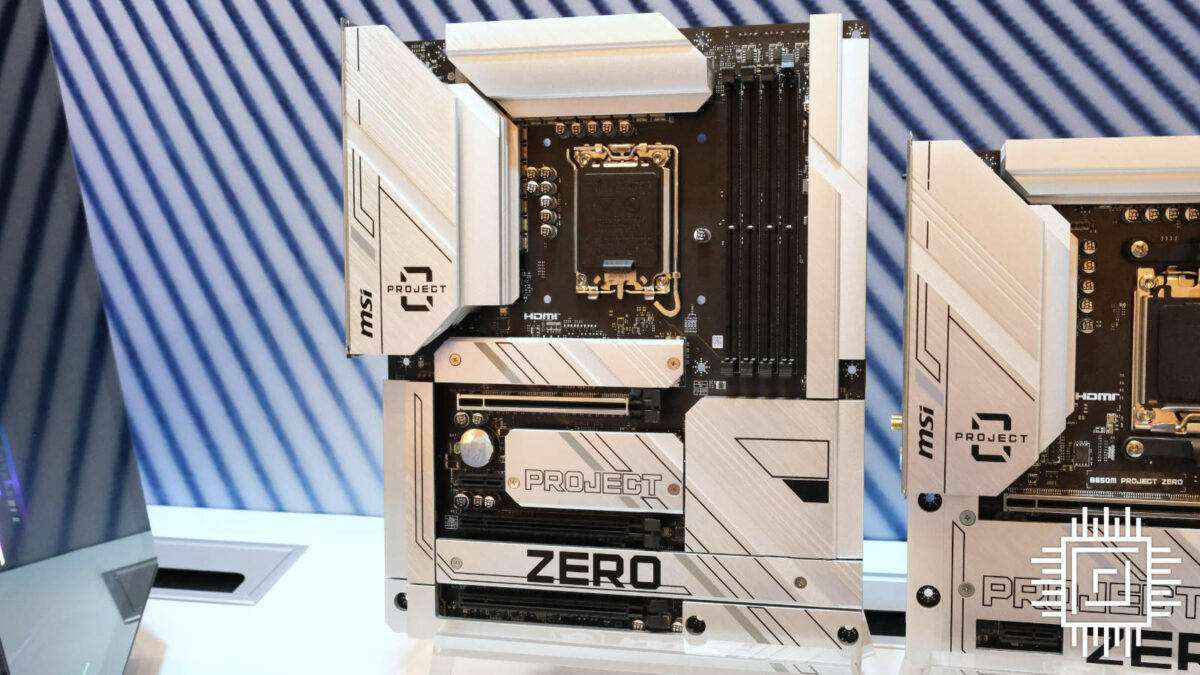
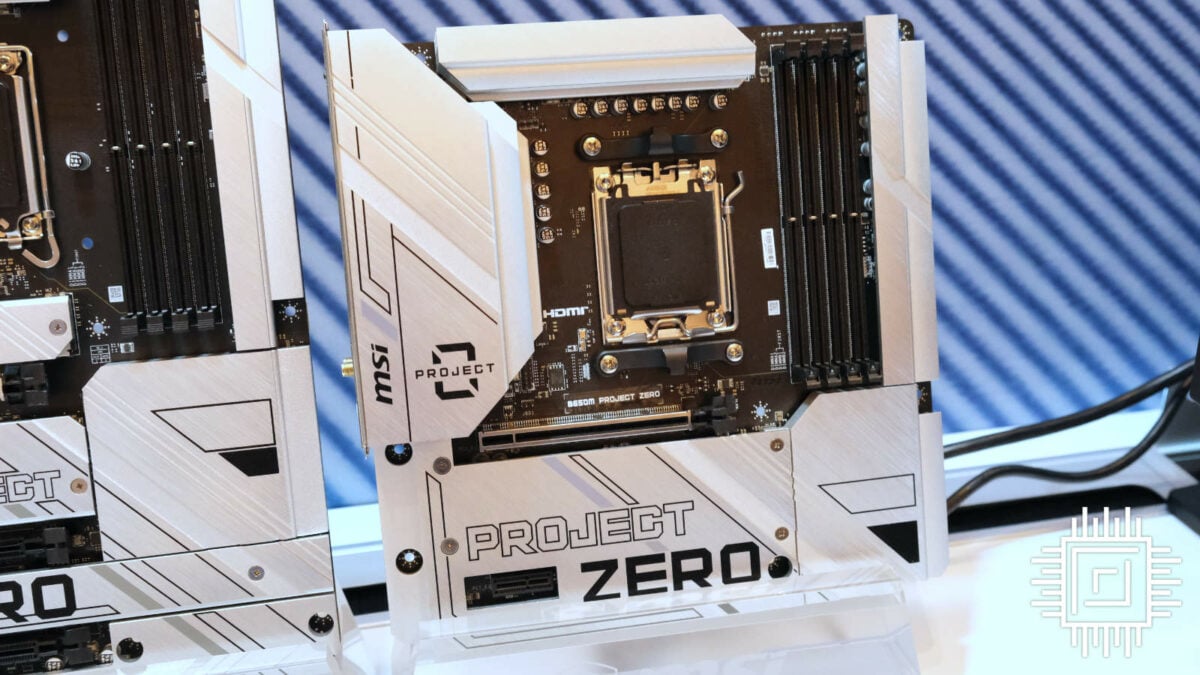
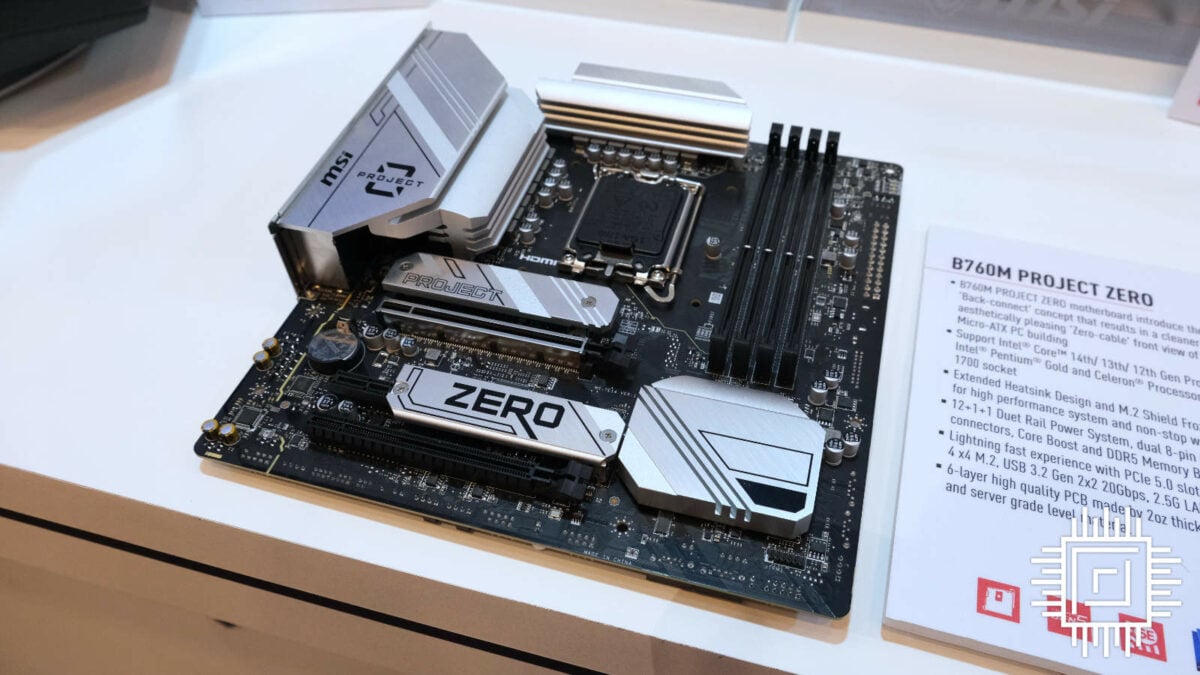
Motherboards
Speaking of the Taiwanese company, MSI has one of the best solutions to cable issues: move connectors to the back of the motherboard. After all, it’s the component that’s most responsible for the clutter inside your case.
Dubbed Project Zero, the motherboards are still in prototype stages, but show no CPU power, front panel IO, or 24-pin in sight. All are snug behind the motherboard instead. There’s already a B650M model in the works for AMD AM5 users, B760M for budget Intel LGA 1700 believers, and Z790 version for Intel LGA 1700 enthusiasts.
Such a unique approach requires third-party support. Fortunately, a few brands are already on board with cases that can accommodate Project Zero without issues. The question is just when these will all come to market.
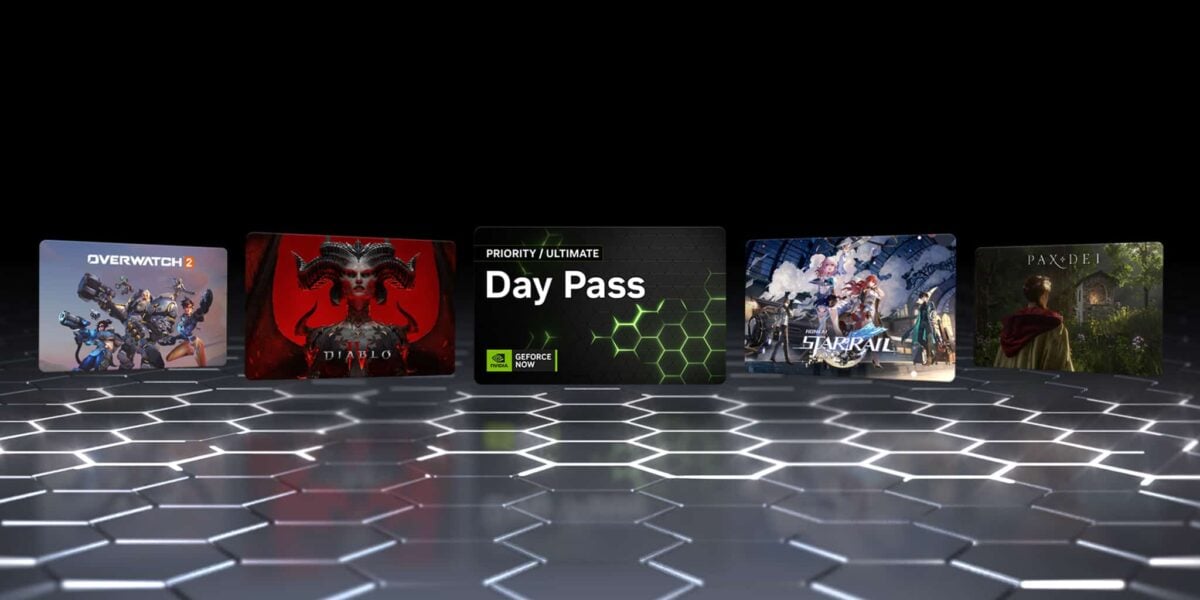
4. Nvidia’s quality of life
Cloud gaming
I’ve long been a big supporter of Nvidia GeForce Now. In fact, it’s my favourite cloud gaming platform. Sure, you need to own the games to stream them, but it means they very rarely disappear, unlike Xbox Game Pass. Better still, you get the power of an Nvidia RTX 4080 if you’re subscribed to the Ultimate tier. The only issue is that it isn’t immune to screen tearing, which is far more prominent at 120fps and 240fps.
To solve this, Nvidia is soon bringing G-Sync to the cloud, enabling fps to match your monitor’s refresh rate. It’s surprising that it’s taken so long, but Team Green’s answer to that is “it’s complicated.” I have no doubt, I’m not an engineer. The feature will only be available to top-tier members, but it could eventually trickle down into other price bands.
You’ll be able to try it out for yourself, as Nvidia is also introducing a $7.99 Ultimate day pass and $3.99 Priority pass without any extra strings attached. These are a little pricey, but should give you peace of mind whether you want to take the leap or not.
Alongside this, the brand is improving its Android experience. The app now transforms into a desktop-like layout and lets you stream at 1440p. You might be wondering why you’d need such lofty resolutions on a tiny display, but the option is mainly there so you can connect to a second screen.
Twitch
I used to be an avid viewer of livestreamers, but it’s less appealing nowadays. I have a wired gigabit broadband connection and the quality of Twitch still blurs and pixelates. Fortunately, Nvidia has the solution with multi-encode livestreaming.
Twitch Enhanced Broadcasting beta is a collaboration between Nvidia, Twitch, and OBS. It leverages GTX and RTX hardware using NVENC to support higher-input bit rates and then scale after the fact for the end user. The blog post goes into specifics, but the top line is that the onus won’t fall on the viewer’s connection when the content creator streams in 4K. Better quality for all.
Seeing is certainly believing. Nvidia showcased a single stream across multiple different devices, some using the encoder and some not. There was a stark contrast between the two, as Enhanced Broadcasting is particularly crystal clear. It won’t be without its issues since Nvidia’s still testing the protocol, but that’s why it’s in beta.
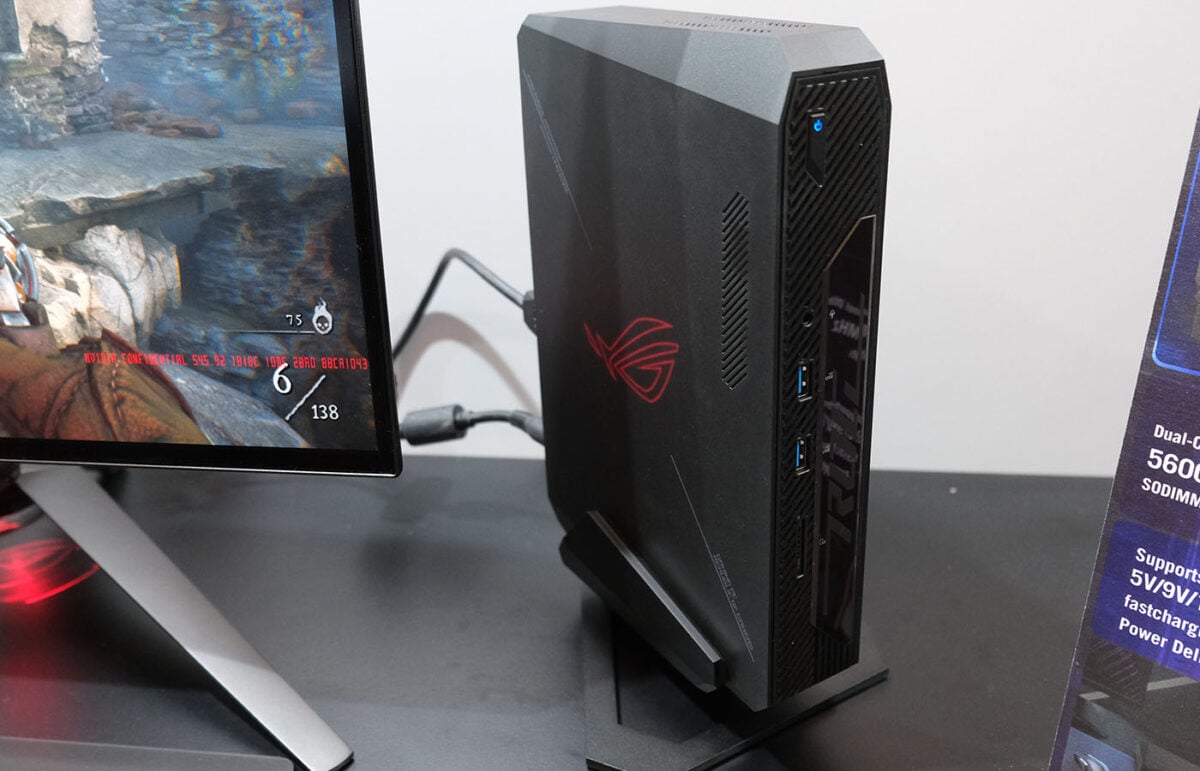
5. Asus NUC
Asus surprisingly hasn’t made a big deal over its first NUC since it took over Intel’s Next Generation of Computing brand last year. Although it was somewhat of a stealth launch, the mini PC looks like it packs one hell of a punch.
Arriving in two models, the Asus NUC 14 Pro+ comes with an Intel Core i9 and RTX 4070 Mobile, priced in the low $2,000s. The trimmer Asus NUC 14 Pro sits at $1,800 with an Intel Core i7 and RTX 4060 Mobile combo instead. You won’t be able to change these since they’re soldered down, but you can upgrade the two SO-DIMM DDR5 memory and three M.2 storage bays beneath a tool-free case. Both should be available near the end of March.
It’s difficult to make small form factor builds stand out since there’s not a lot of room. Asus still pulls it off with a well-built machine sporting minimal RGB. Having handled it myself, it looks good whether it’s propped up vertical or lying horizontal. You can’t change the logo orientation, but that doesn’t change my opinion.
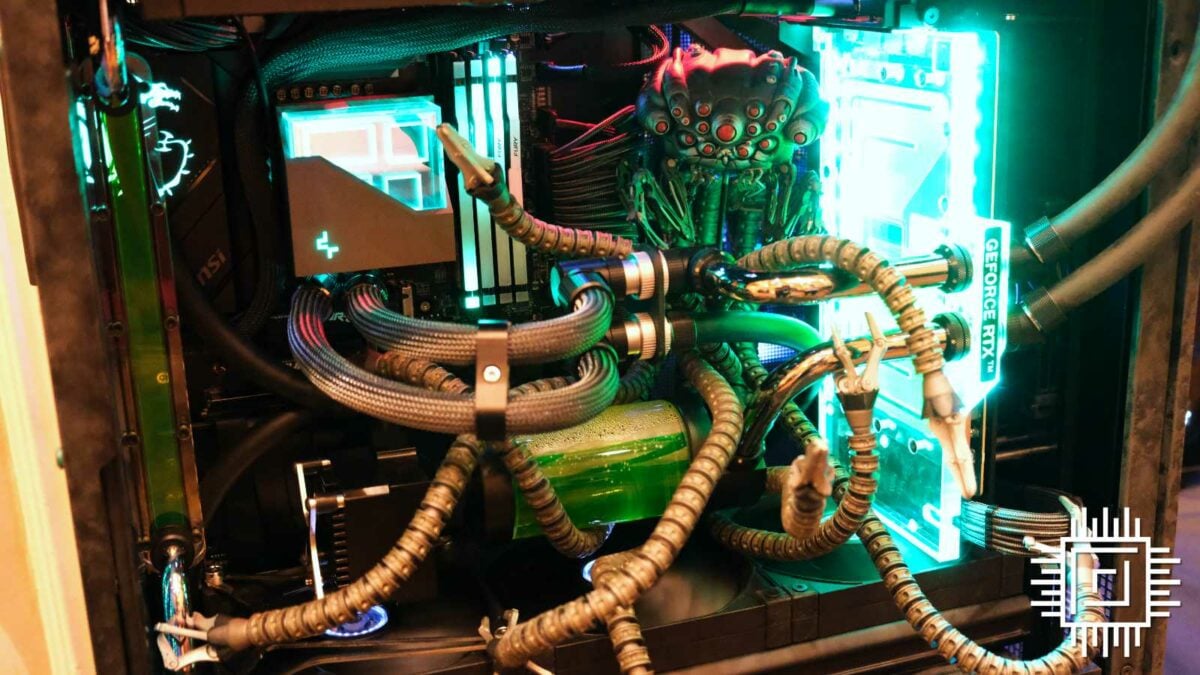
6. The rest
There’s simply too much to run through, which is exactly what we’d expect at an event. Here’s a comprehensive list of the things we came across during CES 2024:
- Nvidia GeForce RTX 4070 Super leads a trio of new graphics cards.
- MSI has a case that could cost over $3,800 with an LED side panel. It’s gorgeous and may never make it to market.
- All components are better in white. We knew this anyway, but Gigabyte and be quiet! certainly emphasised it.
- MSI goes big on QD-OLED outside of AI, alongside ASRock. Both even boast 500Hz+ monitors.
- We get hands-on experience with the monstrous ASRock WRX90 motherboard.
- Lenovo Legion and several other brands spearhead AI gaming laptops.
- Cooler Master debuts an absurdly large capacity power supply that could feed five RTX 4090s.
- Conversely, Enermax goes smaller with the world’s tiniest ATX 3.1 PSU with 12V-2×6 support.
- Hyte launched an AIO CPU cooler that crams a quad-core processor inside.
- Adata makes an AIO air cooler hybrid. We have no idea how this performs but it’s an interesting concept.
- MSI takes a similar approach with an AIO air cooler hybrid on top of an SSD.
- DeepCool makes some of the nicest-looking LCD AIO coolers we’ve seen.
Overall, it seems slightly slow going on the AI front, but it’s picking up. There’s a question over when this will breach into cheating territory if used in games, though. Only time will tell how this shapes up.


